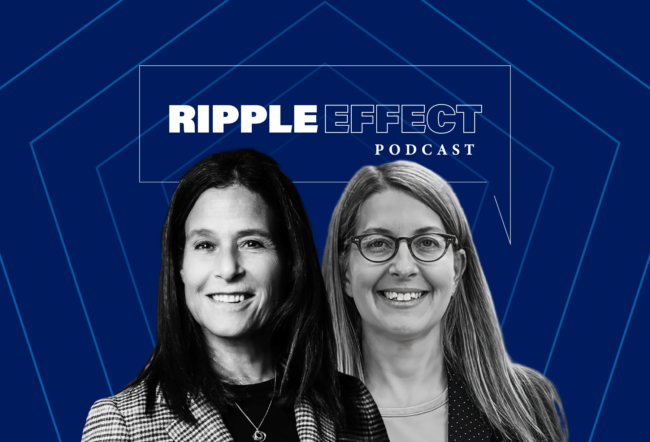Nine out of 10 new CDs don’t pay back their production costs. It’s a failure rate that Wharton marketing professor
Moe and Fader offer a joint-segmentation model that they apply to CD sales for 20 different albums launched by Capitol Records between November 1992 and November 1995, ranging from fairly obscure ones such as Charles and Eddie’s Chocolate Milk to Bonnie Raitt’s hugely successful Longing in Their Hearts.
By definition, a joint-segmentation model simultaneously captures variations across segments of consumers and across clusters of products. This departs from the conventional marketing outlook of the music industry, which normally views each music album as something unique. A computer equipped with software emulating the Moe-Fader model could, at least theoretically, pick up sales patterns very early in an album’s life that could predict whether a CD is likely to succeed or flop.
The model can not only handle a varied lineup of CD titles but can also be applied to a variety of other "hedonic" products (those bought for pleasure rather than some utilitarian purpose), such as books and movie videos. Such products have abstract qualities that defy most efforts to predict their sales. The Moe-Fader model clusters products on such factors as potential market size, rate of purchase, response to radio airplay and seasonal effects. It examines whether radio airplay increases the potential market size or whether it simply speeds up sales that would otherwise have occurred at a later time. It asks the same questions about the effect of the Christmas shopping season.
Moe and Fader built their model using weekly sales data for a sample of 20 "adult contemporary" and "alternative music" albums provided by Capitol Records, including data on over-the-counter music sales from SoundScan, a firm that tracks sales from more than 14,000 retail stores in the U.S., and radio airplay data from Broadcast Data Systems, which monitors more than 560 radio stations across the U.S. For the sake of comparability, only the first 21 weeks following each album’s launch were examined.
The model also divided the market into two consumer segments and analyzed the products on the different ways they drew from each. The first segment had a relatively high rate of purchase but was not responsive to either airplay or Christmas. Consumers in the second segment usually were slower to buy but purchased during peak season at an effective rate more than double that of off-peak purchasing. The second segment was also far more responsive to radio airplay. Airplay, the model showed, served mainly to grow the potential market for a given CD, suggesting that radio exposure increases consumer awareness and, therefore, attracts new buyers into the market.
Moe and Fader analyzed sales of CDs and found they fell into four general clusters:
- Cluster 1 included albums that can enjoy high potential sales, but are relatively inefficient in generating incremental sales from radio airplay. This group includes Bonnie Raitt’s Longing in Their Hearts, Adam Ant’s Wonderful and Heart’s Desire Walks On.
- Cluster 2 albums also suffer from an inefficient conversion of airplay to sales, but they are further limited by a relatively low potential market penetration. Examples include Bob Seger’s It’s a Mystery and Raitt’s Road Tested.
- Cluster 3, which included Blind Melon’s Soup and Radiohead’s The Bends, is characterized by low potential penetration but relatively efficient airplay.
- Cluster 4, with high efficiency and high potential sales, included only a single album in the dataset: Beastie Boys’ III Communication.
For the music industry, an album in Cluster 4 is a dream come true, producing high sales with relatively little effort or cost. On the other hand, efforts to increase sales for Cluster 2 via airplay would be relatively expensive and provide little payoff. This is probably why the two lowest-selling albums, Chocolate Milk and Sparklehorse’s Someday, are found in this cluster.
Although Cluster 1 is far larger than Cluster 3 in potential market size, several albums in Cluster 3 outperformed most of the albums in Cluster 1 due to significant differences in airplay. Similar patterns can be seen across several other pairs of clusters.
Potentially, the music industry could use the historical trends found in the Moe-Fader model to predict sales of a given CD within a week or so after launch and to determine whether marketing efforts designed to boost airplay would be worth the money.
The Moe-Fader approach offers a decision-support tool to many hedonic product markets, which historically have made virtually no effort to formally predict future sales or perform "what-if" policy scenarios to fine-tune their marketing activities. If the model works, marketers may find it could work wonders for the Longing in Their Hearts, as Raitt might say.


